Introduction: Why Understanding How a Computer Works Matters Today
For decades, computers have been quietly shaping the world-first as giant machines hidden inside research labs and now as compact devices sitting on our desks and in our pockets. Yet despite using PCs every single day, many people still feel confused about what’s actually happening behind the screen. We click, we type, we watch videos-but how does a computer interpret those actions? Why does one PC feel faster than another? And what is really going on inside that slim box of metal and circuits?
Today’s digital lifestyle depends on a basic understanding of technology. From students learning computer science fundamentals to everyday users who want better performance from their PCs, knowing how computers work is no longer optional. It helps you make smarter tech purchases, troubleshoot issues confidently, improve digital safety, and even explore tech careers.
But here’s the challenge: most explanations of how computers work are overloaded with complex technical terms-binary, logic gates, CPU cycles, instruction sets, and more. This makes beginners feel overwhelmed.
That’s exactly why this article exists: to break everything down in simple terms, using clear analogies, real-world examples, and an easy flow. Whether you’re a complete beginner or a curious tech lover, this guide will help you finally understand what happens inside a computer every second you use it.
Let’s open up the digital box and make sense of it all.
How a Computer Works: The Simplest Explanation Possible
A computer is essentially a machine designed to take input, process it, store information, and output results. Everything from browsing the internet to playing games follows this same cycle.
The Basic Computer Workflow (The IPO Model)
- Input – You provide instructions (typing, clicking, touching).
- Processing – The computer brain (CPU) interprets the instructions.
- Storage – Important data is saved (in RAM temporarily or on SSD/HDD permanently).
- Output – You see results on screen, hear sounds, or print a document.
This simple idea forms the foundation of every PC on the planet.
Understanding Computer Hardware in Simple Terms
Hardware refers to the physical components inside your PC. Let’s explore the essential parts using beginner-friendly examples.
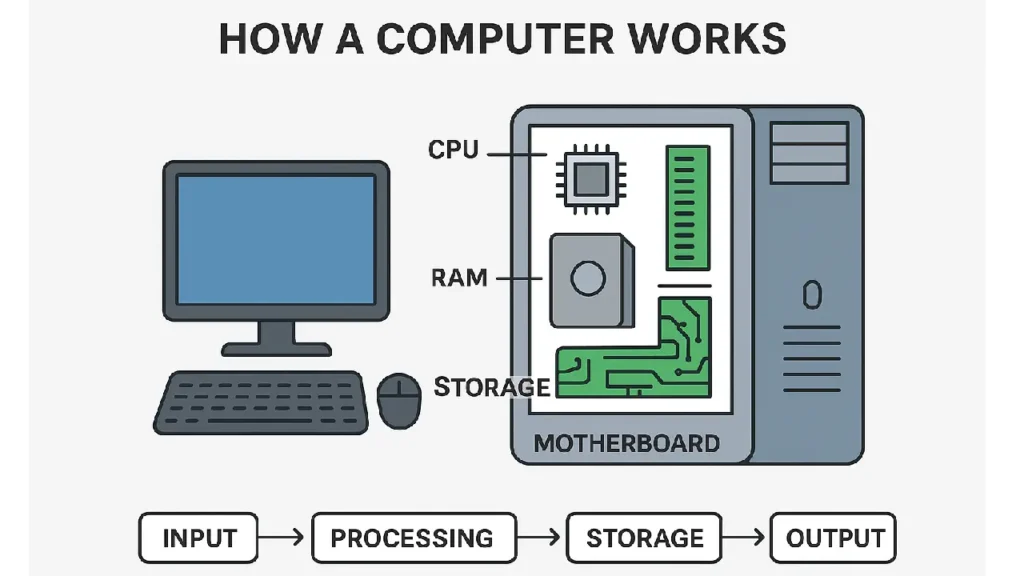
1. CPU: The Brain of the Computer
CPU (Central Processing Unit) is like the “brain” that makes decisions and carries out commands.
If your PC were a person:
- The CPU is the thinker
- RAM is the short-term memory
- Storage is the long-term memory
What the CPU actually does
- Follows instructions from software
- Performs math and logic operations
- Controls how fast tasks are done
- Communicates with every other hardware part
Why CPU Speed Matters
A faster CPU processes more instructions per second, resulting in:
- Smoother multitasking
- Faster app loading
- Better gaming and editing performance
2. RAM: Short-Term Memory for Quick Access
RAM (Random Access Memory) temporarily stores data currently being used.
Imagine you’re cooking:
- The entire recipe book = storage
- The ingredients placed on your kitchen counter = RAM
More RAM means more tasks can stay on your counter, making the computer faster and more efficient.
3. Storage: Long-Term Memory (SSD/HDD)
Storage is where your PC keeps everything permanently-documents, apps, photos, system files, etc.
Types of storage
- HDD (Hard Disk Drive) – Slower, cheap, mechanical
- SSD (Solid State Drive) – Faster, more stable, preferred for modern PCs
Moving from HDD to SSD is one of the biggest upgrades for performance.
4. Motherboard: The Central Hub of Everything
The motherboard is like the city map where all parts are connected:
- CPU
- RAM
- Graphics Card
- Storage Drives
- Ports & Connectors
Without it, no component would know how to communicate.
5. GPU: Graphics Processor for Visual Tasks
The GPU (Graphics Processing Unit) handles everything you see on screen:
- Videos
- Games
- Animations
- 3D rendering
A strong GPU is essential for:
- Gaming PCs
- Video editing
- AI model training
- Engineering software
6. Power Supply (PSU): The Energy Source
The PSU converts electricity from your wall into the right type of power for PC components.
Without stable power, nothing would run safely.
7. Input and Output Devices: How You Communicate With the PC
Input Devices
- Keyboard
- Mouse
- Touchscreen
- Microphone
Output Devices
- Monitor
- Speakers
- Printer
These allow you to give instructions and see results.
Table: A Simple Breakdown of PC Components and Their Functions
| Component | Simple Explanation | Why It Matters |
|---|---|---|
| CPU | The brain that processes instructions | Determines speed and performance |
| RAM | Short-term working memory | Improves multitasking & app speed |
| SSD/HDD | Long-term storage | Stores files and apps |
| Motherboard | Connects all components | Enables communication between hardware |
| GPU | Handles graphics | Essential for gaming & editing |
| PSU | Supplies power | Provides stable electricity |
| Input Devices | Send information to PC | Keyboard, mouse, etc. |
| Output Devices | Show results | Monitor, speakers, etc. |
How Software Works Inside a Computer
Hardware alone is useless without software.
Software tells the hardware what to do.
1. System Software (Operating Systems)
The OS (Windows, macOS, Linux) is like a manager that oversees all tasks:
- Allocates memory
- Connects apps to hardware
- Manages files
- Handles background operations
Without the OS, the PC wouldn’t understand what you want it to do.
2. Application Software
These are the programs you use daily:
- Browsers (Chrome, Firefox)
- Video players
- Games
- Office apps
They provide specific functions built on top of the OS.
3. Drivers: Translators Between Hardware and Software
Drivers allow hardware (like a keyboard or printer) to communicate with the OS.
Without drivers, devices cannot function properly.
How the PC Processes Data (Explained Simply)
Here’s a beginner-friendly breakdown of what happens when you click something:
- You click the mouse → input
- OS sends the command to the CPU
- CPU reads necessary data from RAM
- If needed, additional data loads from SSD
- CPU processes instructions
- GPU renders visuals
- Monitor displays output
This entire cycle happens in milliseconds, repeated millions of times per second.
Binary: The Secret Language of All Computers
Computers understand only two states:
- 1 (ON)
- 0 (OFF)
These binary values combine to represent:
- Numbers
- Letters
- Images
- Videos
- Apps
Everything digital is ultimately built from billions of tiny ON/OFF operations.
Pros and Cons of Modern Computers
Pros
- Extremely fast processing
- Large storage capacity
- Great for gaming, media, and productivity
- Enables global connectivity
- Can enhance digital safety with proper use
Cons
- Requires electricity
- Can slow down if overloaded
- Vulnerable to malware if not protected
- High-performance PCs can be expensive
Common Mistakes People Make When Using PCs
- Keeping too many apps open (uses too much RAM)
- Ignoring system updates
- Installing unknown software
- Not using antivirus protection
- Filling storage up to 95%
- Running heavy apps on weak hardware
Tips to Make Your PC Faster
1. Free Up Storage
Remove unused apps and clean temporary files.
2. Upgrade to SSD
This alone can transform performance.
3. Add More RAM
Ideal for multitaskers and creators.
4. Keep Your System Updated
Updates patch vulnerabilities and improve speed.
5. Disable Startup Apps
Prevents unnecessary programs from slowing boot time.
Conclusion: Understanding Your PC Empowers You
Computers might seem complex, but at their core, they follow a simple cycle of input, processing, storage, and output. Once you understand how components like the CPU, RAM, and storage work together, the entire system becomes easier to manage, troubleshoot, and upgrade. Whether you’re a student exploring technology or a daily user looking to optimize performance, this knowledge puts you in control.
As technology continues to evolve-faster processors, smarter software, and more portable devices-having a clear understanding of the basics will help you adapt to the future confidently. Your PC isn’t just a machine; it’s a powerful tool that becomes far more useful when you truly know how it works.
FAQ Section: Simple Answers to Common Questions
Q1: What is the most important part of a computer?
Ans: The CPU is considered the most crucial component because it controls processing speed. However, RAM, storage, and the GPU also play important roles depending on usage.
Q2: Why does my computer slow down over time?
Ans: This usually happens due to: 1. Low RAM 2. Slow HDD 3. Too many startup programs 4. Accumulated system junk 5. Outdated software Upgrading storage and RAM often fixes the issue.
Q3: How is a PC different from a smartphone?
Ans: Both work similarly, but a PC has: 1. Larger components 1. More power 1. Better cooling 1. More upgrade options Smartphones prioritize portability over raw performance.
Q4: Do I need a GPU for everyday use?
Ans: No. Integrated graphics are enough for browsing, documents, and streaming. A dedicated GPU is needed mainly for gaming or video editing.
Q5: What makes one computer faster than another?
Ans: Speed depends on: 1. CPU generation and cores 2. Amount of RAM 3. SSD vs HDD 4. GPU capability 5. System optimization
Q6: How does a computer store information?
Ans: Data is stored as binary (0s and 1s) on storage devices. SSDs use flash cells, while HDDs use magnetic disks.


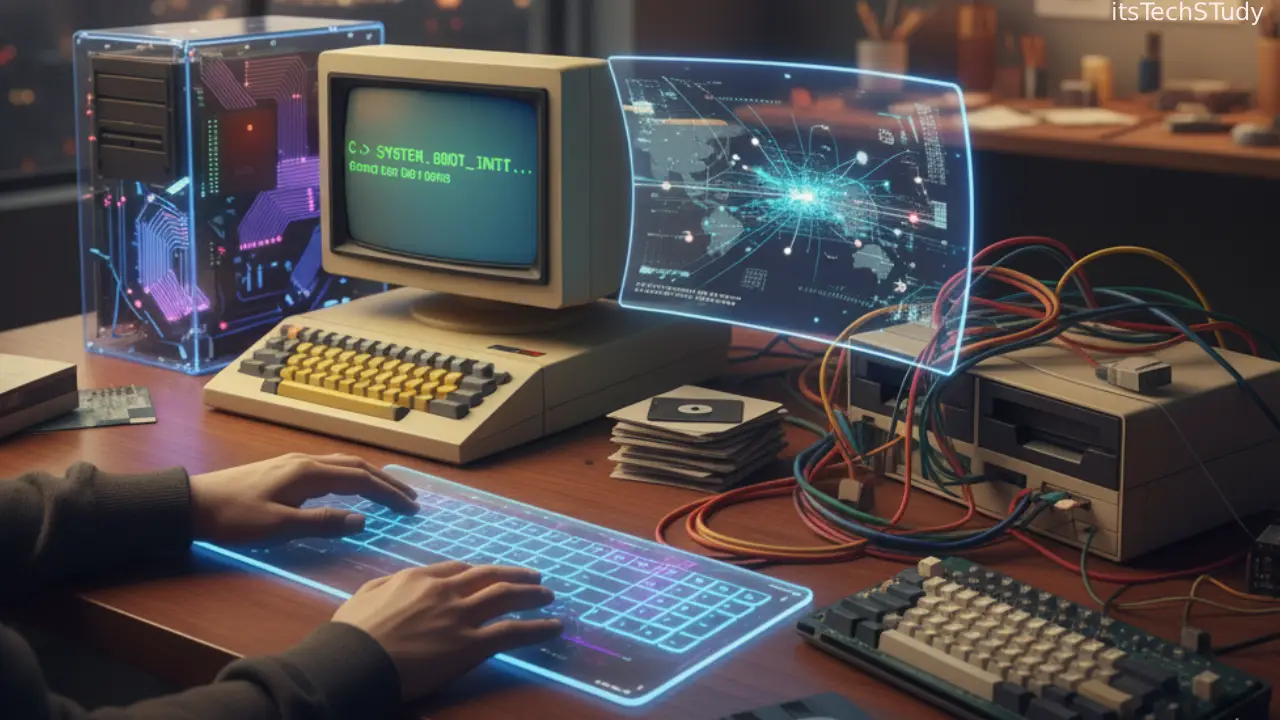

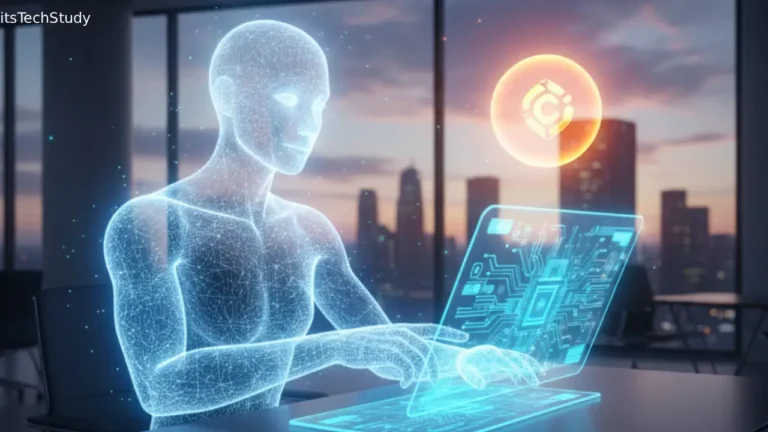
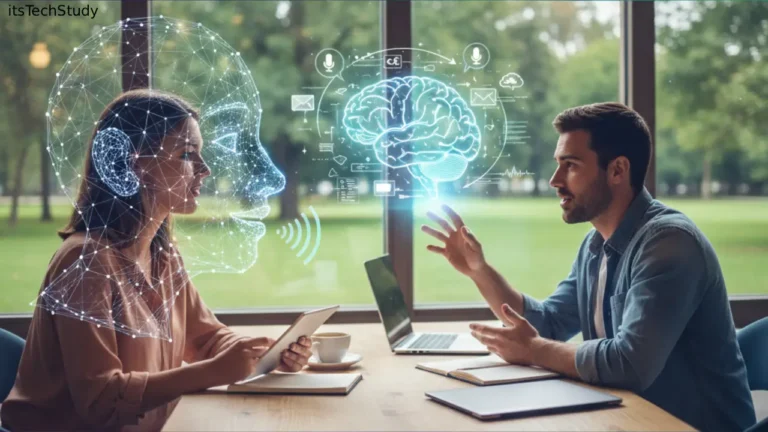
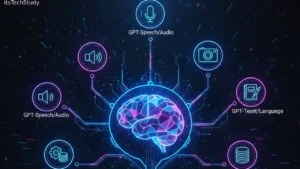
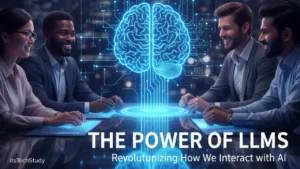
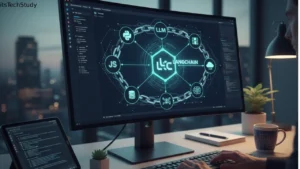
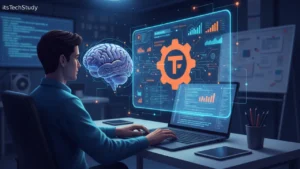
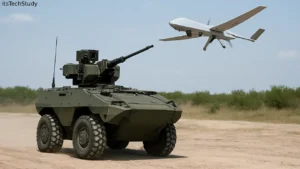
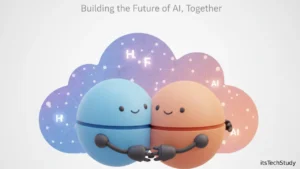
No Comments Yet
Be the first to share your thoughts.
Leave a Comment